Photo courtesy of the author.
The art of storytelling through film is a complex alchemy, where the written narrative transforms into a vivid visual experience. This metamorphosis involves a symphony of elements: from the selection of camera lenses that define the atmosphere, to the editing techniques that heighten suspense, the musical score that evokes emotion, and the meticulous choices in framing and wardrobe. As an aspiring television writer, I have often pondered how the intangible concept of make-believe is brought to life on screen, especially when it comes to depicting time, place, and setting. How do filmmakers convincingly transport audiences across eras, reconstruct bygone environments, or even imagine alternate realities where time bends and twists?
In Nigeria, the craft of set design within Nollywood has evolved into a sophisticated discipline. Crafting authentic worlds that resonate with the story’s temporal and cultural context is a formidable challenge, particularly given the country’s limited infrastructure for historical preservation and archival documentation. When physical sets fall short, filmmakers increasingly rely on visual effects (VFX) to reconstruct lost environments, remove anachronisms, and maintain the integrity of the story’s setting.
Take, for instance, the 2021 film Swallow by Kunle Afolayan. Visual effects supervisor Oluwatise Oluwajuwon and his team digitally erased modern elements such as contemporary streetlights, refurbished rooftops, and internet cables, layering in textures and details evocative of the 1980s. They breathed life into a broken television screen with flickering static, conjured a 1990s-era airplane on an empty tarmac, and fabricated the interior of a flight cabin to immerse the characters fully. These subtle yet powerful digital touches enable viewers to immerse themselves in a past they never personally experienced.
This dedication to accurately portraying time and place is deeply significant in Nigerian creative expression, reflecting how audiences emotionally connect with locations. Consider how Chimamanda Ngozi Adichie‘s literature shapes perceptions of Nsukka, or the ongoing discourse about whether Ibadan or Lagos holds the title of Nigeria’s literary capital. While Lagos dazzles with its cosmopolitan energy and diversity, Ibadan often claims the crown due to its rich literary heritage and enduring sense of historical depth. As Zenas Ubere eloquently observes in his open letter to J.P. Clark, “In many Nigerian cities, the past is obscured by modernization-buildings are renovated, roads expanded, and old facades erased. Yet Ibadan resists this trend, proudly displaying its aged architecture and inviting you to witness its history firsthand.”
This yearning to preserve memory and history also drives the work of Nigerian VFX artists. Oluwatise shares, “Being able to tell a story set in a specific time and convincing audiences to believe it brings me immense satisfaction.” Each project demands thorough research into architectural styles, design nuances, and everyday details, transforming the creative process into a form of cultural rediscovery and preservation.
Oluwatise’s journey into visual effects began long before Nollywood fully embraced the medium. While many of his peers aspired to traditional professions like medicine or law, he was captivated by the dynamic visuals of shows like Dragon Ball-the explosive battles and surreal effects sparked his imagination. He spent his youth sketching and declaring his ambition to create cinematic effects, despite the scarcity of formal training opportunities in Nigeria at the time. His determination eventually led him to a pioneering role in shaping how Nigerian cinema visualizes history, memory, and speculative futures.
During his studies in Mass Communication at Lagos State University, Oluwatise experimented with digital art and coloring, contributing to projects like the Indomitables characters and Macmillan comic books. These early ventures expanded into music videos and films, laying a versatile foundation for his career. His first significant VFX credit was on the 2011 film “Mother’s Cult” (later renamed “The Great Mothers”), directed by Ernest Obi, which garnered international acclaim. He further refined his craft on productions such as “Ida Ofin” and various Nollywood films shot in Enugu and Asaba, mastering compositing, CGI integration, motion tracking, and practical effects. Beyond film, he created motion designs for prominent brands and served as Art Director at Banky W’s EME during its evolution from a record label to a creative agency. His ongoing collaborations with filmmakers like Kunle Afolayan (on titles including “Roti,” “The Tribunal,” “The Bridge,” and “Swallow”) and Kemi Adetiba (“King of Boys” and its sequel) have cemented his status as a leading figure in Nigerian visual storytelling.
Reflecting on the current landscape of visual design and VFX in Nigerian cinema, Oluwatise acknowledges progress but notes there is still room for growth. He points out that the complexity of VFX is often underestimated, with responsibilities sometimes delegated to editors lacking specialized skills. “A single poorly executed effect, even if it lasts only five seconds, can undermine an entire film,” he warns. “If you plan to incorporate VFX, allocate the right budget, hire skilled professionals, and execute it properly.”
He emphasizes that VFX extends beyond mere historical recreation; it expands the creative horizons of filmmaking itself. By merging artistic vision with technological innovation, visual effects enrich storytelling, enabling Nigerian cinema to safeguard cultural heritage, depict diverse histories, and explore imaginative narratives that push the boundaries of traditional filmmaking.




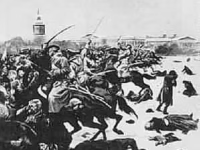





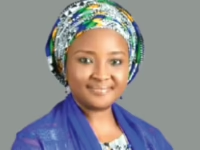


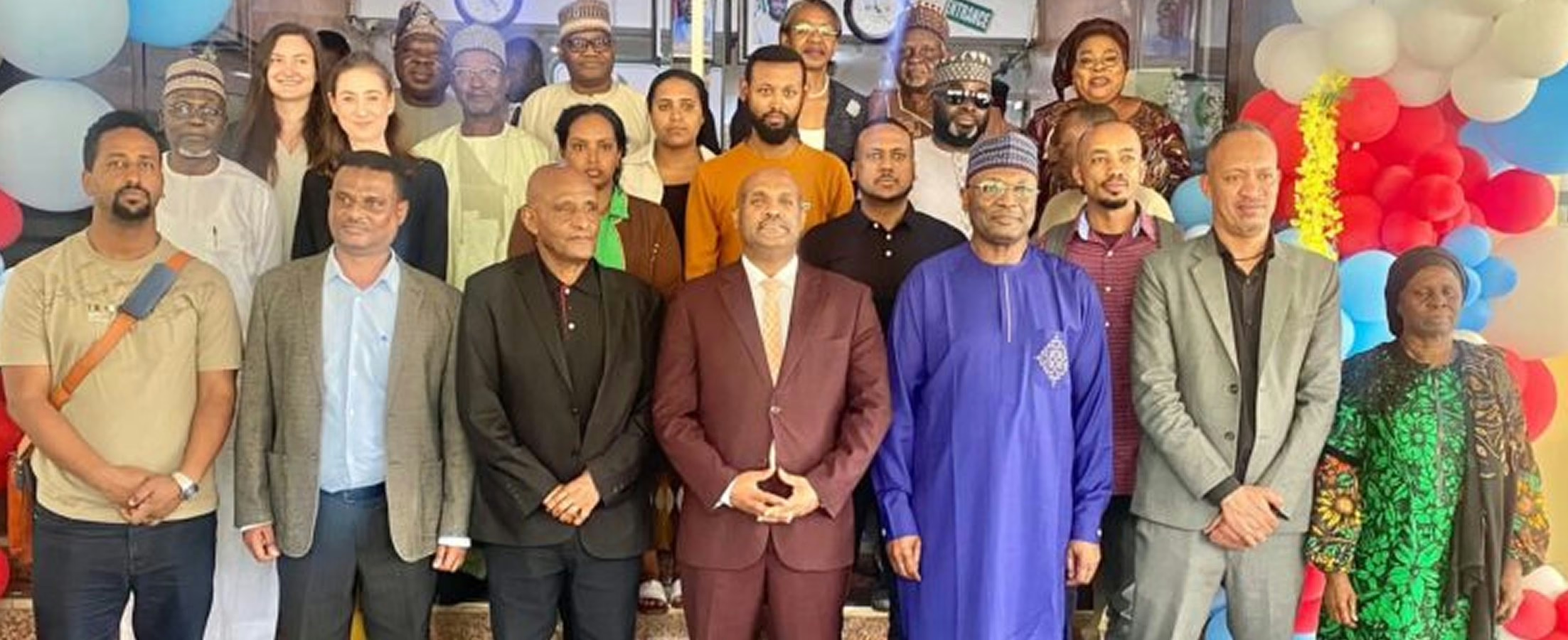

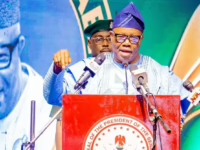

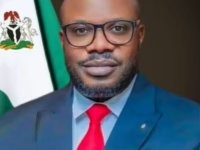


0 Comments